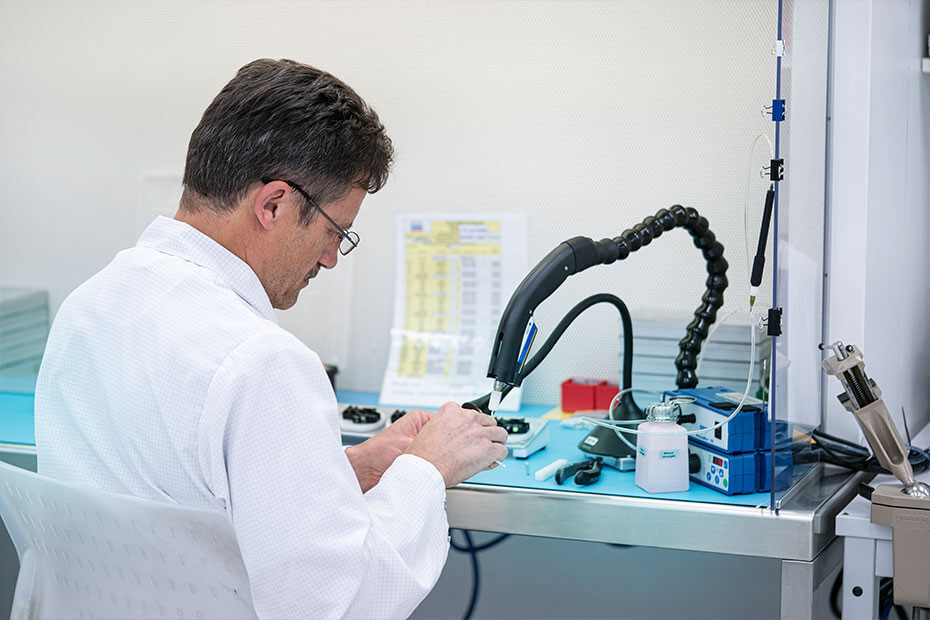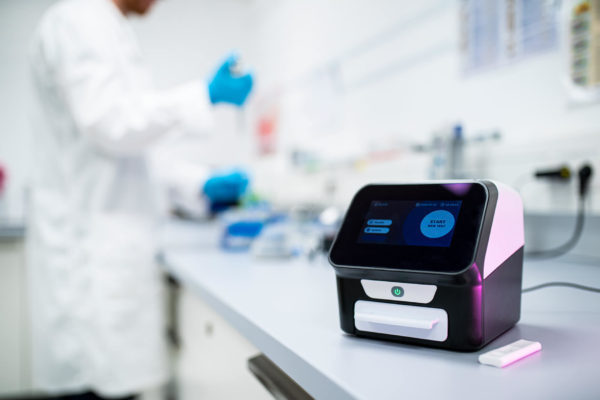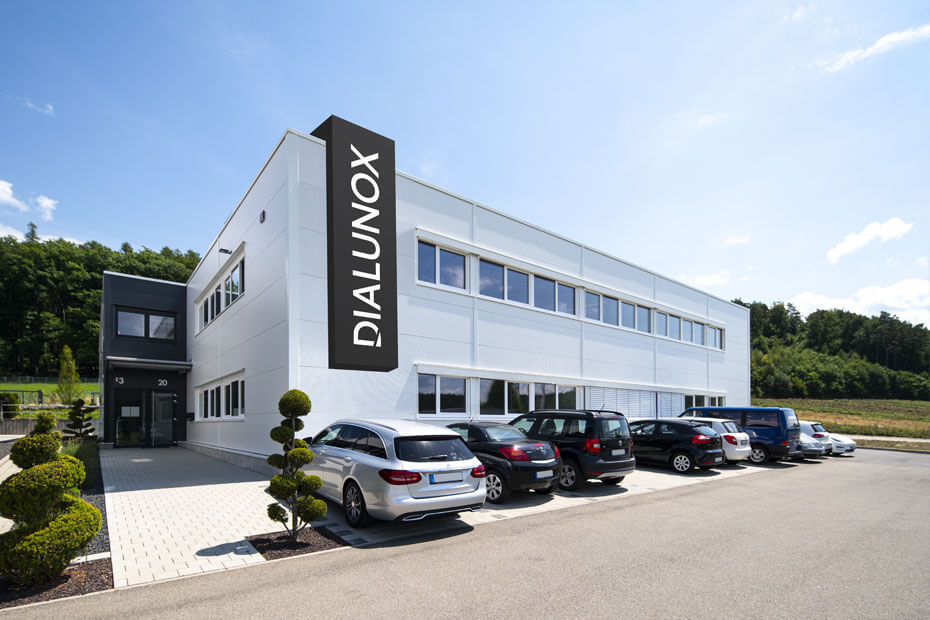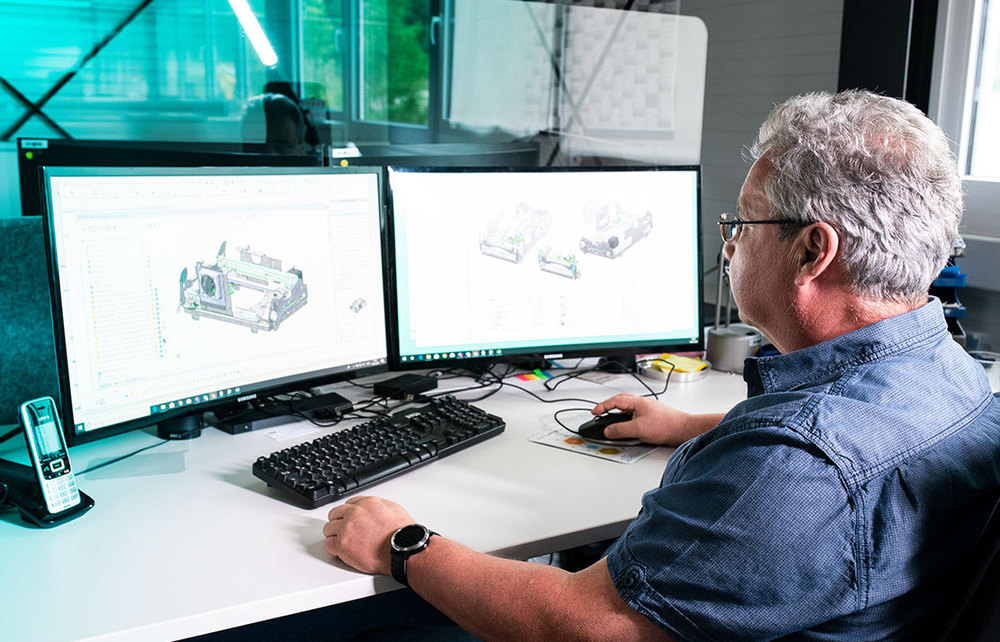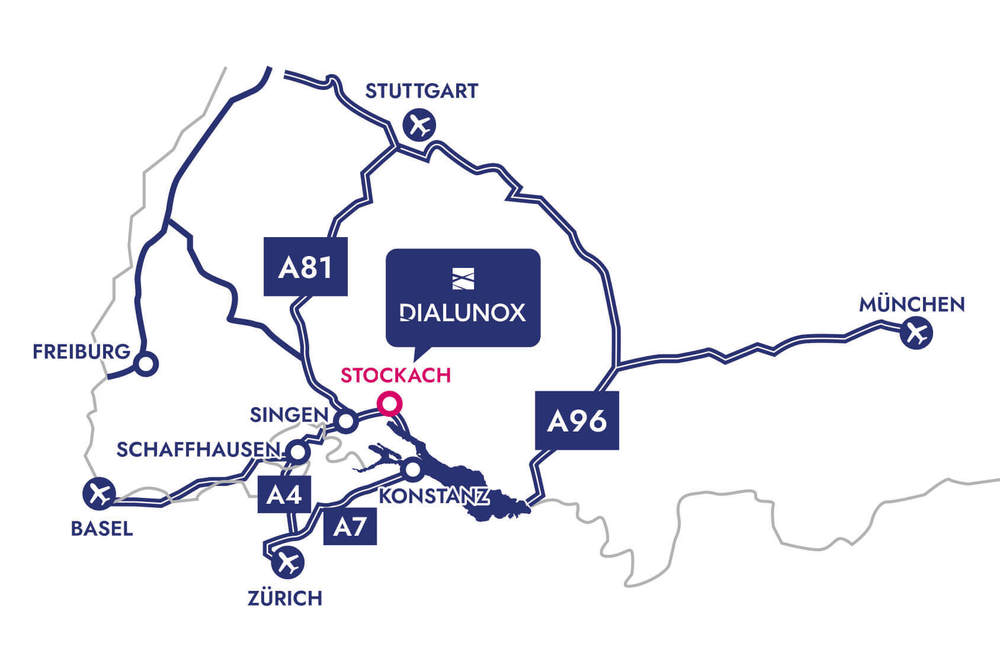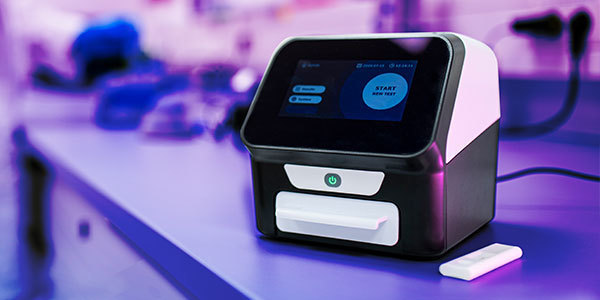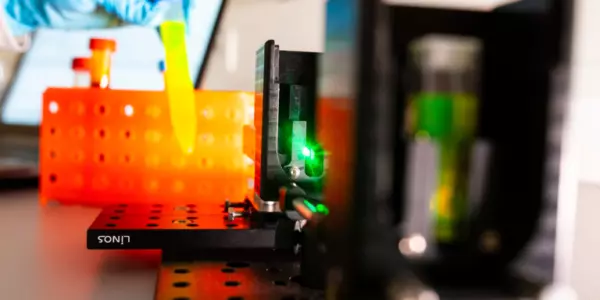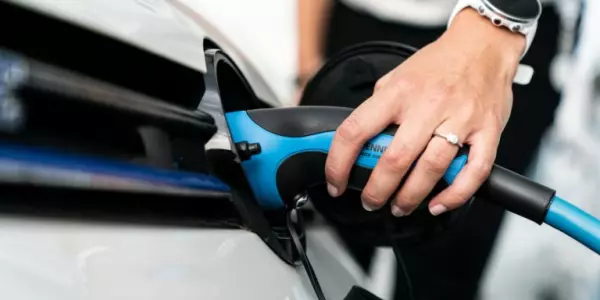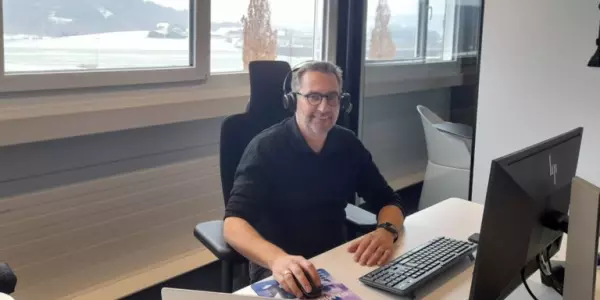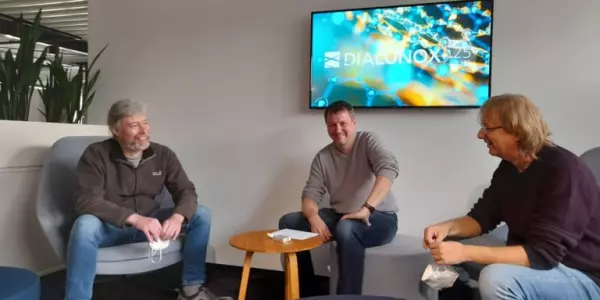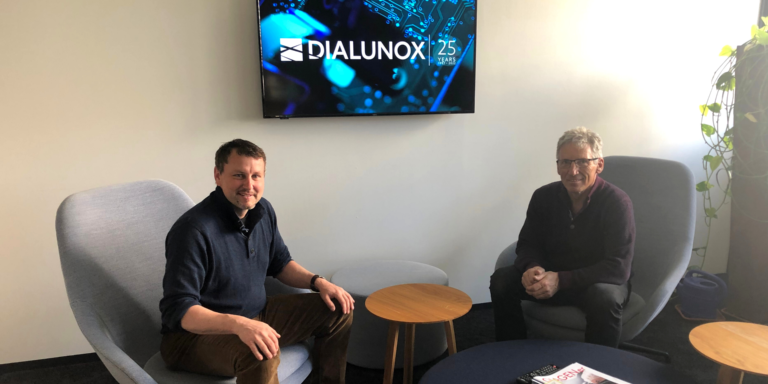
In an interview, Klaus explains how ESE aka DIALUNOX was founded. He talks about the challenges of transformation when a start-up company grows. Klaus also talks about the differences in working in a small company versus a holding company.
Klaus, how did you end up founding ESE back then?
Klaus Haberstroh (KlHa): Well, the trigger was that the PerkinElmer company in Überlingen was reduced or relocated to the USA. Actually, I should have gone to the USA because they needed our know-how, but we didn't want that. Then we thought about what we could do and since we had very good contacts in the field of embedded system development of real-time operating systems and saw that there was a need to develop such systems, we dared to take the step into self-employment. Instead of a severance payment, our old employer gave us all the development tools and orders for a year. So we had a very soft start. Thommy then did all the work and I took care of alternative projects and in the first year I hit the jackpot with the new customer Ciba Vision.
What were your highlights in the first ten years at ESE? So, before the sale to QIAGEN?
KlHa: One highlight was certainly that we successfully completed the development of the UV lamp from Ciba Vision and established this partnership. The second big success came when the company Eyesense was founded and we received the research contract for the development of a "mini detector". At that time, five companies were commissioned, for example “Ocean Optics” from the USA and other well-known optics companies. And in the end we were the only ones who developed a working system. Eventually we managed to secure this technology for other applications and then spread out with this detector base as a component. That is still the actual basis for the business today.
Is correct! And still absolutely competitive. You then sold the company to QIAGEN in 2010 and from then on you were no longer the founder and entrepreneur, so to speak, but you were an employee. How would you describe this difference between the entrepreneur and then later the managing director of a company that belongs to a large corporation?
KlHa: The three years at QIAGEN were an exciting time. I saw a lot, but I soon realized that it didn't really suit me. It doesn't really matter to me whether I'm an employee or an entrepreneur. For me, the focus was always on simply developing new things creatively. A big difference was the relationship with the employees. Before, I was always right in the thick of things and was actually in charge of everything. Although I was then also involved in decisions at the Group, I was no longer allowed to communicate them as openly as before. And so you take a step away from the employees and the company. That gave me problems over time.
Looking back, would you take the step again? So start another “ESE” like this?
KlHa: Yes, if I were younger, probably. After ESE and QIAGEN, I started a new project in my “retirement”. A project close to my heart (construction of the Überlinger climbing hall – editor's note) Yes, it was the right decision for me to be self-employed, to be creative, to be visionary and I actually still am today.
If you now look back at your time at ESE and then up to the three years at QIAGEN, how has the company changed since then?
KlHa: There were several stages. So until 2003, when we moved to Stockach, it was actually a small family. We all sat together, everyone overheard each other's phone calls. I always knew what each employee is doing and what they are doing. And from 2003, after the move, we grew very quickly. I then had my own office. There were 15-16 employees and then I no longer noticed what each individual was doing. Many other business colleagues have told me that such a phase is very difficult, because then you have to start structuring the company and setting up departments.
...and let go too...
KlHa: You have to let go and you no longer have control over everything. And then, of course, there are also different issues among the employees: they too have to come together. In addition, we had


